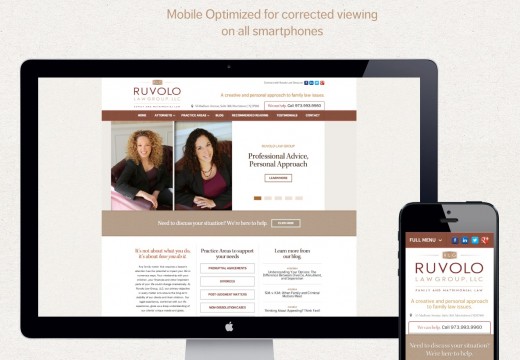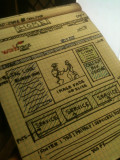Web Design Will Continue to Simplify in 2018 to Boost Conversion Rates
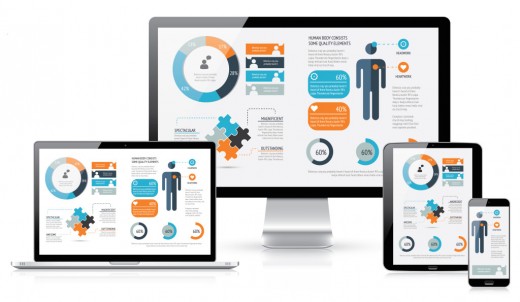
Rising Importance of User Experience (UX) in Web Design
Did you know that as of June 2016, there were 320 million Internet users in North America alone, 721,43 million Internet users in China and 462,12 million users in India? According to an article published by Iron Paper, these figures became motivation for 57.7% of small and medium-sized business owners to invest in a new and improved website of their own.
Millions of dollars are invested by companies across the globe on their websites, with the aim of providing visitors to the site with good information about their products and services. But does high investment ensure high user retention?
Did you know that an outdated design, difficulty in reading the content, outdated plugins and overwhelming ads can become the reason for a visitor leaving your website within seconds?
It is for this reason that web designers today are paying huge attention on eliminating all kinds of distractions to make it easy for the user to focus on the key messaging. This is leading designers to work on designs that enhance user experience.
The aim of user experience designs is to enhance user satisfaction with the services and products being offered, by improving accessibility, usability and pleasure during customer interaction.
An article published by Forbes in 2017 added that investing in UX optimization helps to quickly gain trust, brand recognition and ensure user retention, which is what drives sales.
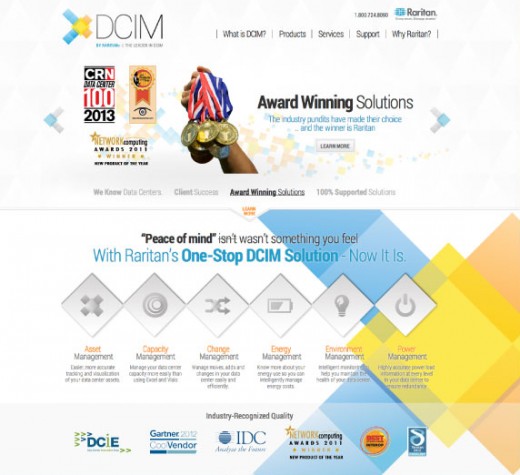
2018 Will See More Flat Designs
Today, people are using mobile devices more than traditional desktops for web browsing. With 51.3% in October 2016, global mobile and tablet browsing defeated the 48.7% browsing on desktops for the first time in history, according to an article published by The Guardian in November 2016. This only goes to emphasize the importance of designers focusing on mobile first designs for websites.
One pitfall while designing a website is that one might go overboard with added options, complex images, extra features and unnecessary text, in an attempt to increase appeal. They try to jam very little space with tons of information. But does it work? Probably, not. Too much information only confuses the user.
In 2017, designers started to create simple and clean websites, keeping their performance on both mobile devices and computers in mind. However, simple doesn’t mean boring. The idea is get rid of clutter and focus on the key messaging by using minimalistic and trendy components to increase the website’s usability. Web designers are unleashing their creativity on typography to lift website designs and help them load more quickly, says an expert at SEMGeeks.
Flat designs will have lots of open spaces, sans-serif fonts, clean and crisp edges, contrasting bright colors, illustrations and simple imagery, all of which will combine to create an eye-catching and engaging yet data-light website for an excellent user experience, regardless of the medium on which the site is being viewed.
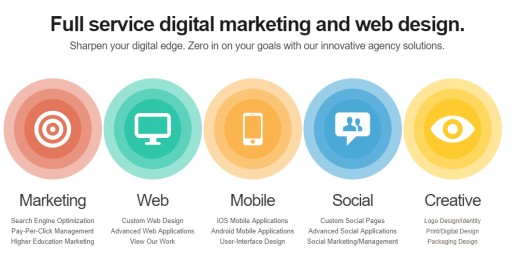
Simple Designs Have Higher Conversion Rates
People may visit multiple websites in a day, but what percent of those users actually make a purchase? Conversion rates are key to the success of not just the website but the business whose website it is.
Earlier, businesses would focus only on the CTA (Call-to-Action) buttons or value propositions to improve their conversion rates. However, the layout of their website was one factor that was usually ignored. When their site was too cluttered, the CTA button was also lost in all that chaos.
Many websites heavily relied on images to express their message, which only added to the difficulty of a user in navigating the site. The reason is that these image-heavy websites are slow to load and frustrate users.
According to a blog post by Kissmetrics, 47% of consumers expect a web page to load in 2 seconds or less, whereas 40% quit a website if it takes more than 3 seconds to load. And, when we talk of conversion, every second counts. The blog post added that delay of even a second in page response can result in a 7% reduction in conversions, which could potentially cause of losses of $2.5 million in sales every year.
Speeding up the load time is a key way to improve the bounce rate. This can only be accomplished by getting rid of unnecessary clutter on each web page.
